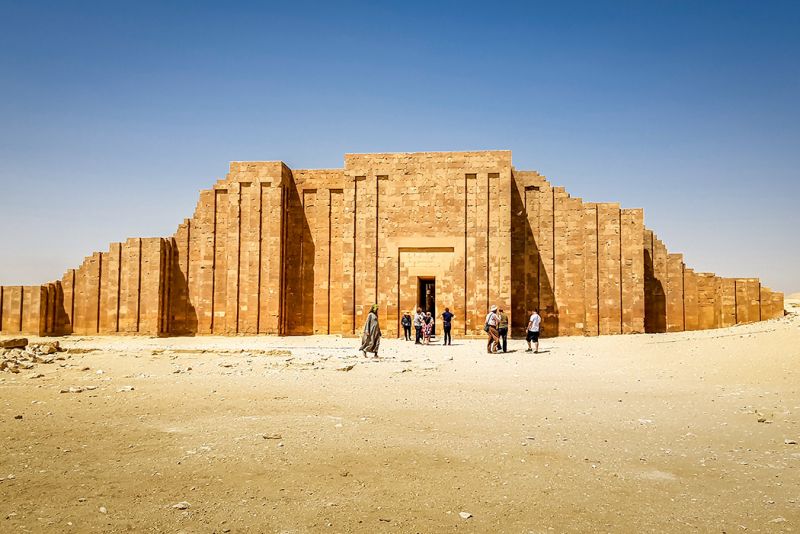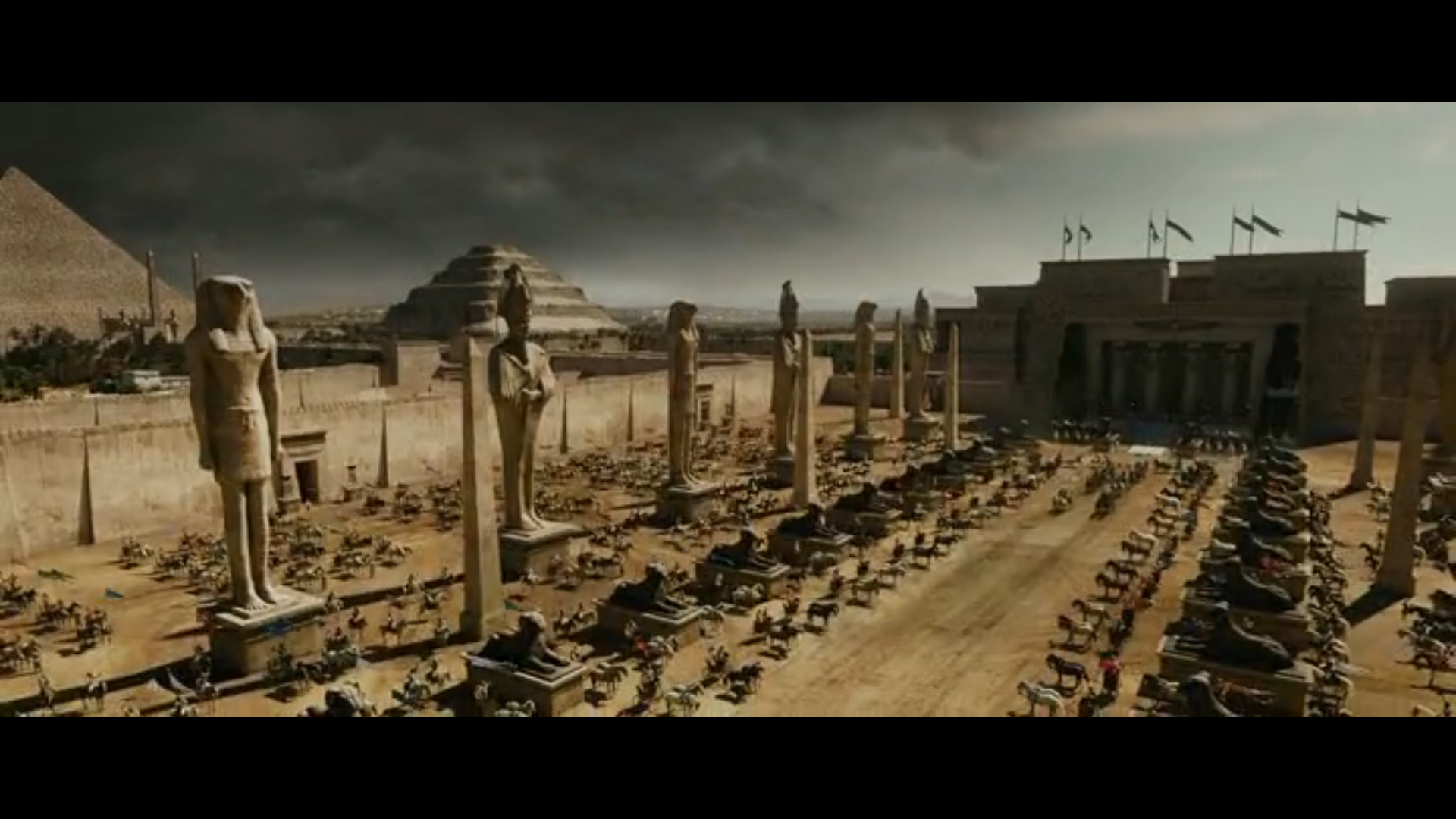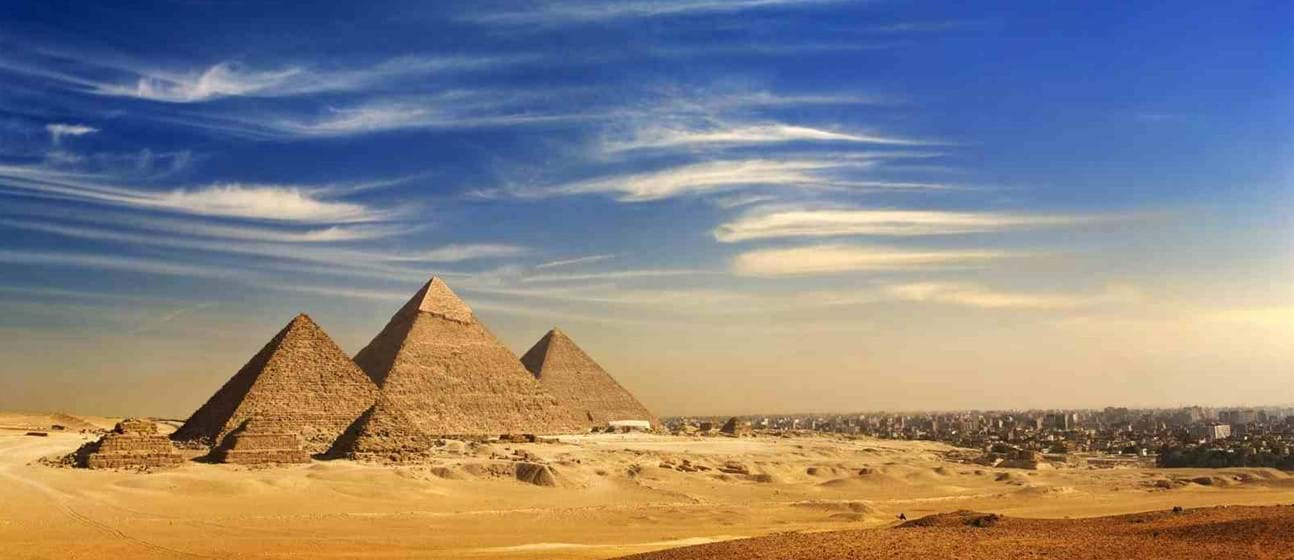- Cairo Attractions
- Shoroq Samir
Memphis City in Egypt
Near the modern village of Mit-Rahina on the west bank of the Nile, archaeologists have unearthed the remains of the most important city of pharaonic times, named by the Greeks Memphis. Known in ancient times by various names such as Ineb-hedj, Men-nefer, Hut-ka- Ptah, Ankh-tawy or the biblical Mof, Memphis served as the administrative capital of Ancient Egypt

Memphis City
It was the site of the main royal residence and the seat of both the northern Vizier and the High Priest of the state god Ptah. In view of the poor state of preservation of the remains, one must use a vivid imagination in order to visualize its past grandeur, its prestigious temples, its royal pomp and ceremonies. The distinctly cosmopolitan population of Memphis included, at various times, Hyksos, Libyan, Carian, Hebrew, Greek, Persian and other minorities. The most famous workshops in the country, the schools of art, the principal dockyards, the central archives and the Great Tribunal were situated at Memphis. travel to Egypt always arranges a tour to Memphis city during all Egypt Tours or you can book it on your free day from the Cairo day tours category.
Memphis city history and architecture
It all started with the construction of the "White Wall" possibly the precinct of the primitive temple of Ptah. Its construction is attributed by tradition to Menes, the first king of the 1st Dynasty
The visitor is led to a modern archaeological garden in which statues, stelae and enormous column drums are exposed, all of Memphite origin but of various periods. A large, alabaster sphinx, probably representing Amenhotep III (18th Dynasty), is of particular inter- est. Near the entrance to the garden, a two-story building had to be erected to protect a colossal prostrate limestone statue of King Ramesses II (19th Dynasty). The statue belongs to a pair that once stood at the front of the main temple of Ptah, of which very little remains. A companion colossus, made of granite, was erected at the central railway station of Cairo and has recently been transferred to Giza. Small, partly destroyed temples of Seti I and Ramesses II (19th Dynasty), as well as a temple of the goddess Hathor, have been unearthed in the vicinity of the garden. Recently, an American expedition has studied the nearby remains of the embalming place of the sacred Apis-bulls. These animals (a single bull at a time) were considered sacred to the god Ptah and were revered as living manifestations of the god. When an Apis died, after some 25 years of serene and well-provided life, he was duly embalmed and ceremoniously buried at the Serapeum of Sakkara, the vast cemetery of Memphis
Opposite: The team of Memphite sculptors who produced this limestone colossus of King Ramesses II (ca.13 m when it was complete, with feet and crown), could not have foreseen that their masterpiece would one day, be viewed from above, in a prostrate posture. The king was meant to stand proudly with his twin colossus (granite, now in Giza), at the front of the great temple of Ptah. The unusual view from above can only increase our appreciation of the high quality and the smooth finish of this gigantic work
Below: Alabaster sphinx of an unnamed king, possibly Amenhotep III or Ramesses II. Much smaller than the rock-cut sphinx of Giza, it is nevertheless more voluminous than any the stone-sculpted sphinxes (length 8 m. height 4.25 m). It was certainly associated with the temple path










